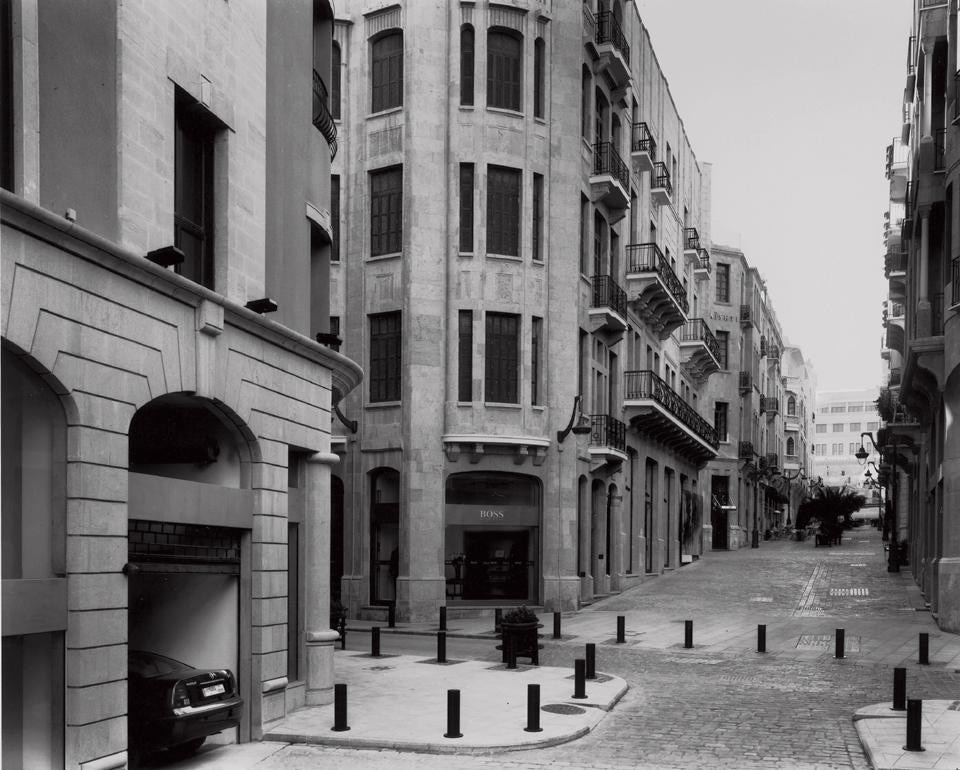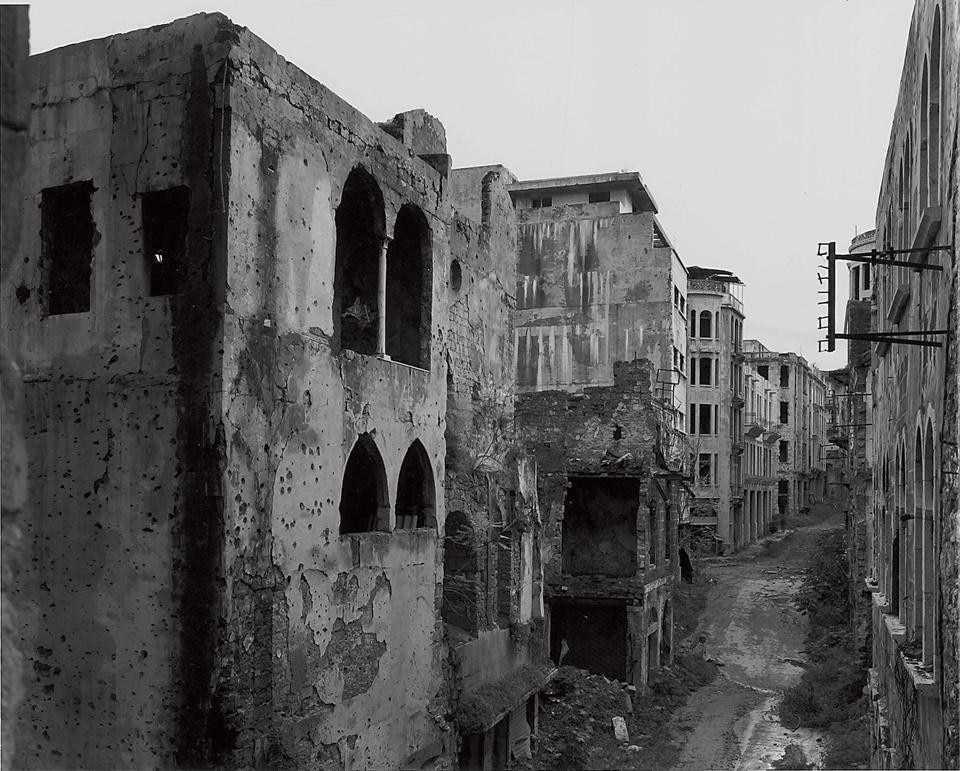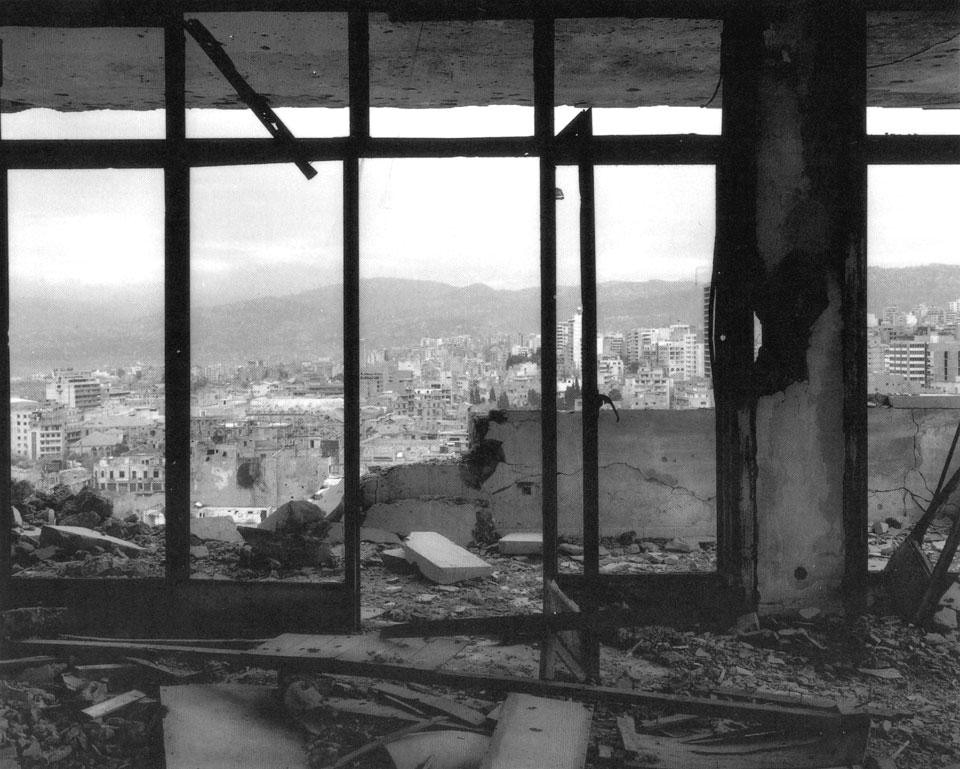Rumours were that his hidden agenda was quite simply to photograph all the great cities of the world — an agenda that may seem a utopia (à la Borges) but one he may well have attained — future generations will have to tell us.
His first photographs, those of the factories in Milan, focused on the buildings but already featured an urban anonymity. By contrast, his pictures of the great DATAR project portray ports in northern France where he captured the landscape and coastal boundary as well as the cities. He was constantly pursuing boundaries, physical lines, the primeval signs that underpin every place. He believed there had to be a design superintending things.
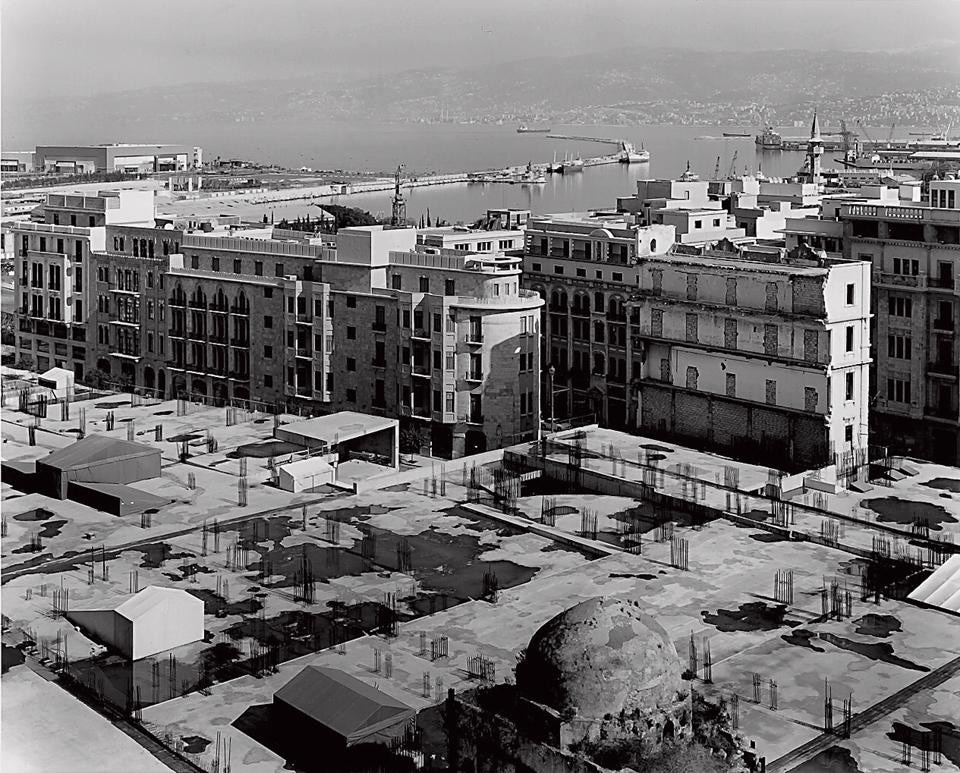
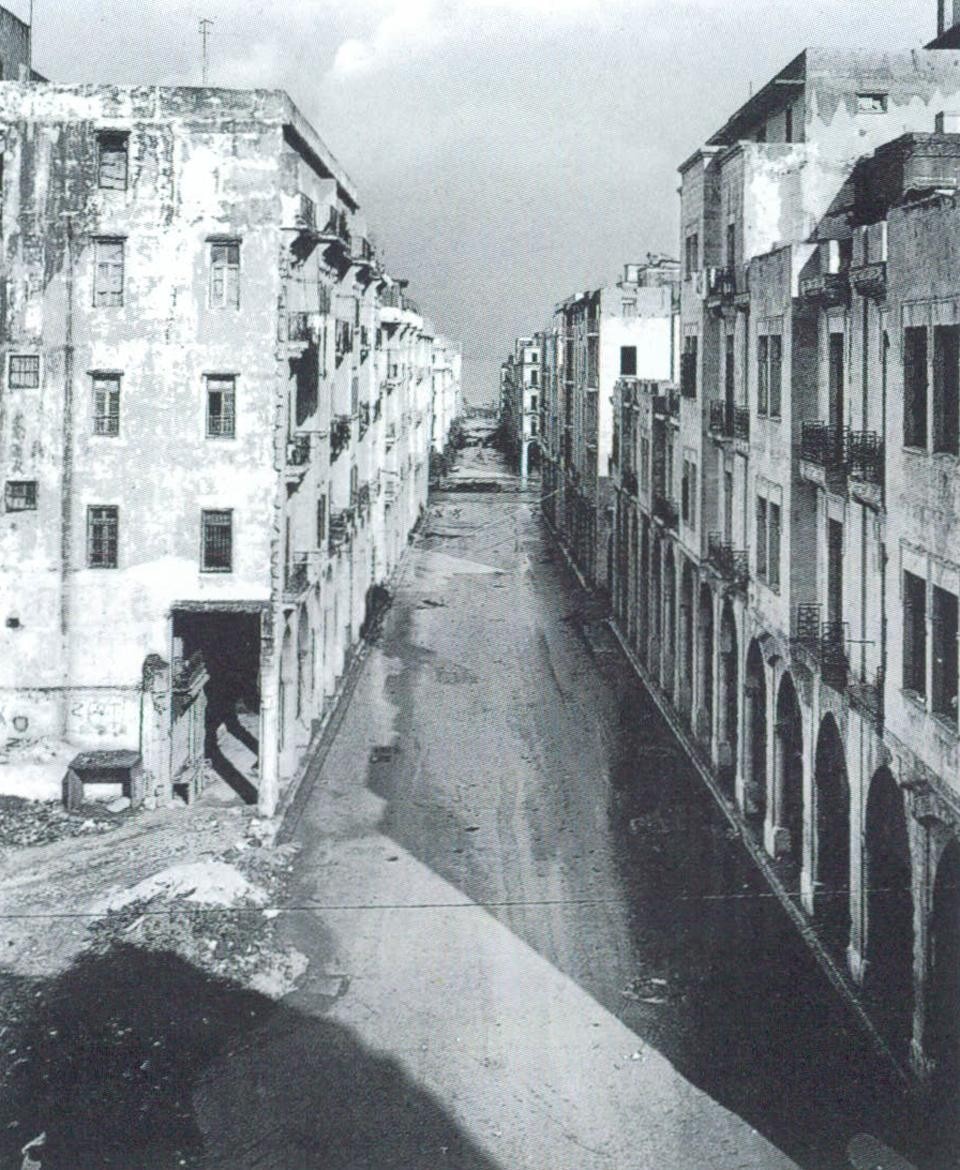
I cannot think of any of his pictures showing people and I presume he worked early in the morning because the shadows are nearly always long. His photographs of central Milan were probably taken in the deserted dog days of August. Nearly all of Basilico's portfolio is black and white, and only recently had he started using colour, demonstrating, among other things, that the city-product is essentially colourless.
I think Basilico is telling us of a compact city that is returning, as is a new collective awareness of the beauty of urban design
